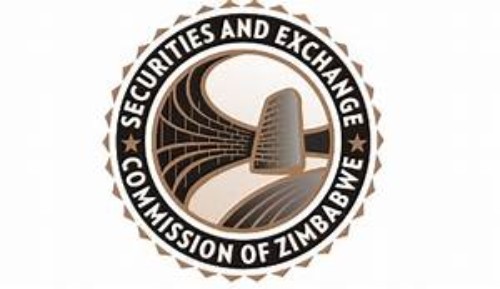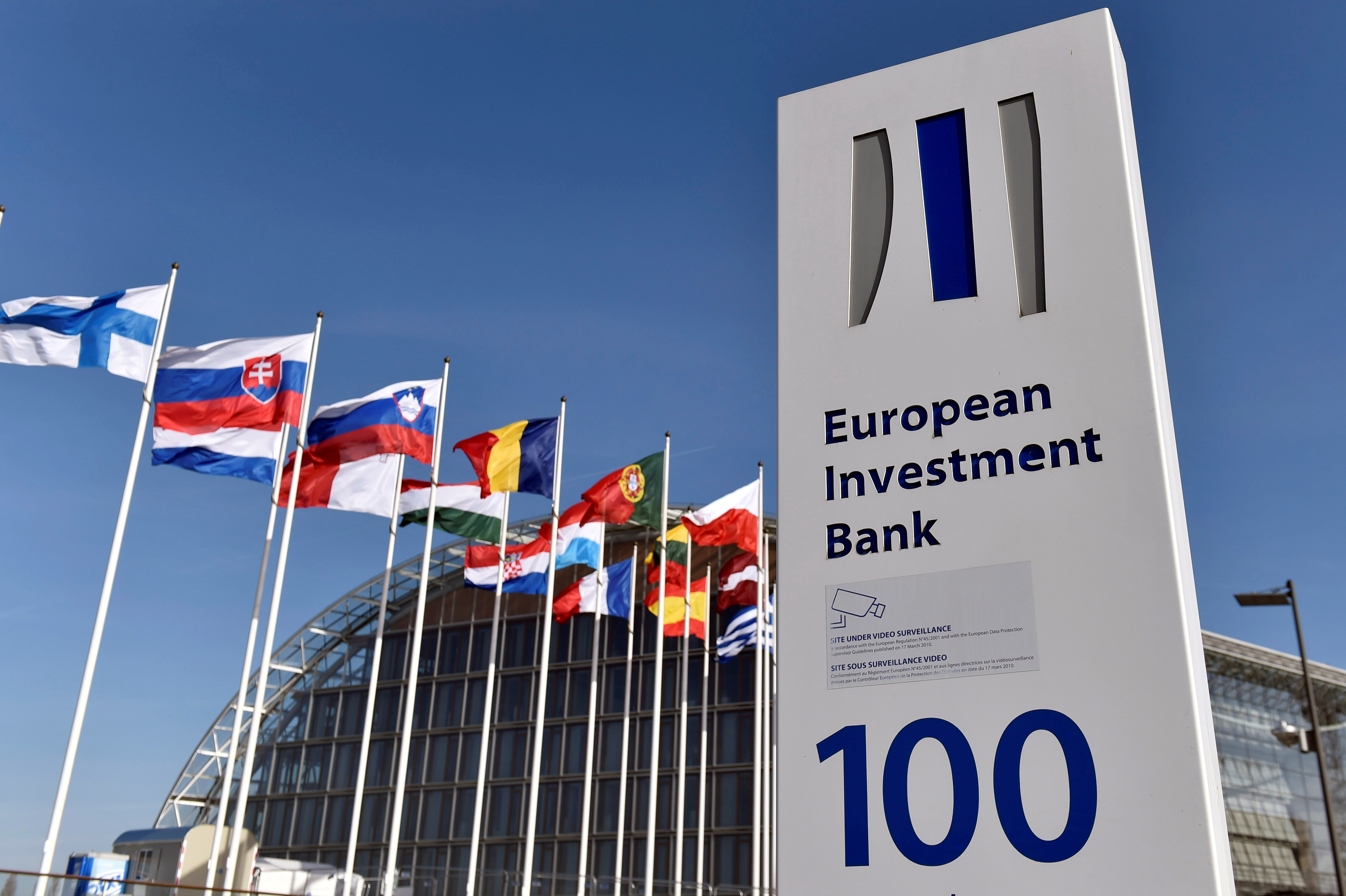Norway's sovereign wealth fund hit $1 trillion for the first time on Tuesday, driven higher by climbing stock markets and a weaker U.S. dollar.
The milestone valuation was reached for the first time on Sept. 19 at 02:01 a.m. in Oslo, Norges Bank Investment Management said in a statement on Tuesday.
"I don't think anyone expected the fund to ever reach $1 trillion when the first transfer of oil revenue was made in May 1996," Yngve Slyngstad, chief executive officer of the fund, said in the statement.
"Reaching $1 trillion is a milestone, and the growth in the fund's market value has been stunning."But the extreme wealth is not unalloyed good news.
The fund's sheer size has made it a challenge to find markets big enough to invest in. Meanwhile, Norway's politicians are finding it hard to resist the temptation to raid the world's biggest state piggy bank, with the petro-dollar addiction threatening to overheat the $400 billion economy.
Slyngstad recently suggested it's now largely fruitless for it to enter new asset classes such as infrastructure because that would be costly and only deliver a blip on overall returns. The investor is also retrenching its global bond portfolio, cutting 23 currencies down to just three — the dollar, the euro and the pound. The fund says it doesn't make sense to have more diversification in a world in which prices and rates are converging.
Its huge size has also driven the fund to respond to problems with trading by devising elaborate strategies to hide its selling and buying from anyone seeking to front-run its activities.
But being big has its advantages, especially for a lean organization like Norges Bank Investment Management. The fund only employs about 550 people in offices across the entire globe (Oslo, New York, London, Shanghai and Singapore). Management costs were equal to just 0.02 percent of assets in the most recent quarter, down from 0.07 percent five years ago.
The decline in costs comes despite the fund's expansion into real estate. It's snapped up prime properties in Times Square, the Champs Elysees and London's Regent Street, among other locations. It owned 200 billion kroner ($26 billion) in real estate at the end of June.
For now, there's been little discussion about breaking the fund up into smaller, more nimble entities, though the government is currently pondering a proposal to shift it out of the central bank and strengthen oversight.
So what lies ahead? Norway expects the fund to keep growing through 2025, when it's predicted to hit 10.5 trillion kroner (or $1.3 trillion at today's exchange rate). But such estimates are notoriously unreliable. Its current size already exceeds the milestone it wasn't expected to reach until 2018.
With interest rates at record lows and returns hard to come by, the fund's management is growing less optimistic. Central Bank Governor Oystein Olsen has warned the decline in oil prices means the fund may already have passed its peak.
Norway's government last year made direct withdrawals from the fund for the first time in its history and is expected to take out about 70 billion kroner this year. Meanwhile, Norway has lowered the fund's expected return to 3 percent from 4 percent.
The fund has been given permission to raise its stock holdings to 70 percent from 60 percent, with an equivalent cut in bonds. That could help it eke out higher returns, or at least maintain the 8 percent annualized real return it's had over the past five years.
But Slyngstad also recently said he sees fundamental issues with the global economic system and trade, which is being buffeted by increasing global political risk. And that's not good for a fund that owns 1.3 percent of global stocks.
- Bloomberg
 Concern over Masvingo black market
Concern over Masvingo black market  Kenya declares three days of mourning for Mugabe
Kenya declares three days of mourning for Mugabe  UK's Boris Johnson quits over Brexit stretegy
UK's Boris Johnson quits over Brexit stretegy  SecZim licences VFEX
SecZim licences VFEX  Zimbabwe abandons debt relief initiative
Zimbabwe abandons debt relief initiative  European Investment Bank warms up to Zimbabwe
European Investment Bank warms up to Zimbabwe  Young Investment Professional (YIP) Graduate Programme 2019
Young Investment Professional (YIP) Graduate Programme 2019 











 Young Investment Professional (YIP) Graduate Programme 2019
Young Investment Professional (YIP) Graduate Programme 2019
Editor's Pick